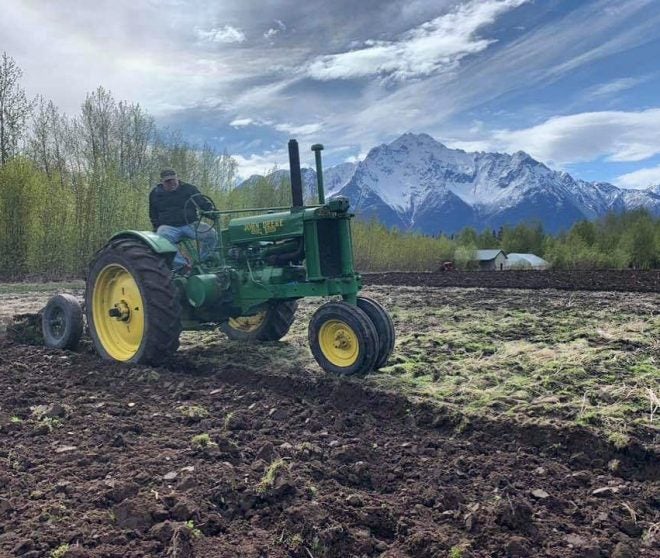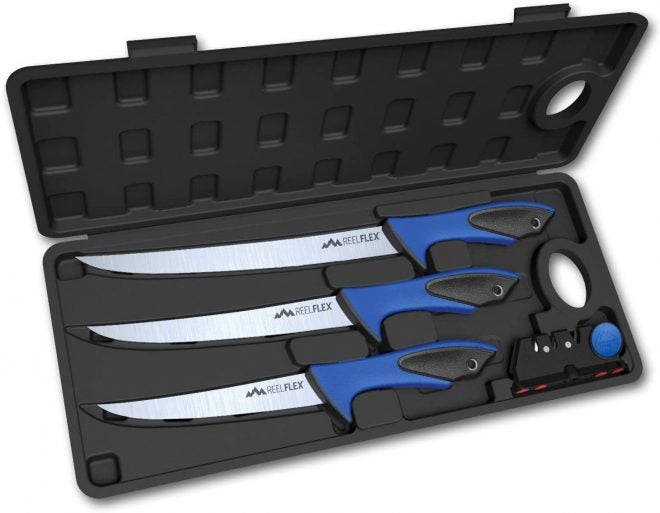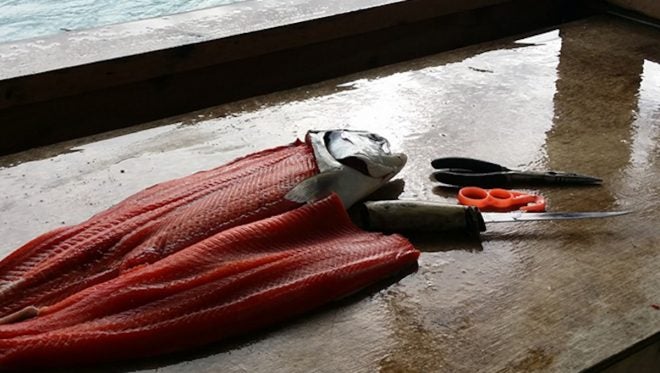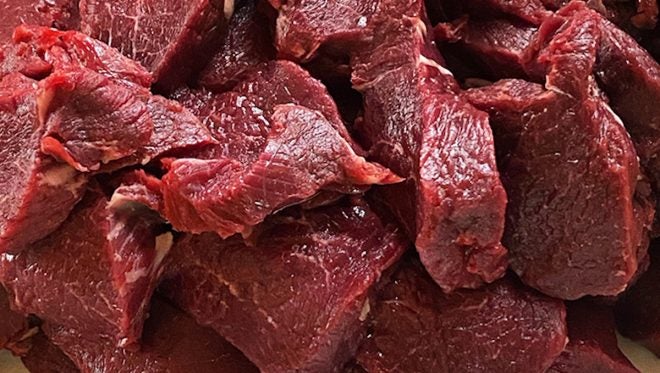Advice to the Newly Self-Sufficient
Derrek Sigler 04.14.20

There are some life lessons you pick up along the way that stick with you. Most of the time, those lessons have a way of coming in real handy, like say, now for instance. I was raised to be pretty self-sufficient, and now that it’s suddenly trendy, well, I can say I was doing it before it was cool. As outdoors men and women, we’re already self sufficient to some extent. If there’s one thing that the current situation can teach us, it’s to be thankful for the lifestyle we already lead. Now let’s share some advice with those new to this lifestyle.

I was quite young when my mom would drop me off at my grandparents’ home to be watched while she went to work. She worked in an office, and my dad worked all over the state, so my grandfather got a helper around the farm. I am one of those kids who can say I was driving a tractor when I could barely walk. My grandfather welded a step on to the side so he could run the controls while I steered the 1947 John Deere that he’d bought new many years before. Growing up like this ensured that I had no illusions as to where food came from. Beef didn’t come from the grocery store, it came from the pasture.
From Field to Table
Hunting and fishing was and continues to be a major part of our lives, too. Everyone hunted and fished. Deer season remains a holiday around here, and growing up, I remember deer hanging in the barn, aging a little before being cut up for the freezer. My kids know that when deer season rolls around, it will mean that we’ll spend some time processing our own deer. My kids each have their own set of fillet knives for cutting up game meat, too. Having your own setup for processing your own meat is vital to being self sufficient.
You’ll need a good set of knives. Fillet knives are good for more than just fish, and are probably the most important knives you can own for processing your own meat, be that fish, wild game or even livestock. What goes into a good fillet knife set? I’m glad you asked. You should have several sizes of knives, going from small and precise, to larger, for bigger slices and roasts. They should have high-quality steel for the blades that can hold an edge.
You’ll also need a way to sharpen the knives as you use them. There’s a couple of different schools of thought on sharpening knives. A good whetstone sharpener is always a good option, and cost effective, but you have to have a decent idea of what you’re doing and the angle you’re trying to achieve. If not, you can screw things up in a hurry. A WorkSharp motorized knife sharpener is an amazing tool for making sure you have the same level of cutting ability every time.
We always had big cutting boards around the house. It was just something that was part of the scene. A few years ago, my cousin from Alaska stopped by to partake in our local whitetail deer season. He was successful and when it came time to process the meat, he produced some commercial-grade plastic cutting boards that were large enough to hold a whole quarter with room to spare. Better still, his cutting boards had slick carry handles, making them easier to maneuver. I acquired my own from Rapala and have found them great for wild game, or fishing, letting my fillet out pike, salmon and big walleye on the tailgate of the truck, without contamination. I’ve also added a folding fish-cleaning table with a built-in sink that connects to a garden hose.
Vacuum sealers are an obvious must-have. The FoodSaver brand has a line specifically for wild game. The only downfall we’ve found is that the bags are expensive and the best ones for use in the FoodSaver Gamesaver machines are the branded ones. We use ours for processing our fish and game meat, as well as the meat we get from growing our own animals for food, like chickens, ducks and more.
If you don’t know the basics of cutting meat, get a good book, like Basic Butchering of Livestock & Game. It can guide you through the steps to make sure you’re not wasting anything and getting the results you want.
Trial and Error
There are a lot of folks looking into being more self sufficient these days. That’s a good thing, too. I’ll let you in on a little secret, though, that might seem a bit odd. There are things we can tell you how to do step-by-step, like canning your own food or processing meat, but in reality, you need to do some trial and error to see what works for you and what you like best. That’s a key thing to being self sufficient, and we’re just scratching the surface. You’re always going to learn new tricks and things you like.
So what are some of your best tips for those looking to be more self sufficient? What advice would you give and what advice do you wish you had been given? Current events have more people looking at ways to take care of things for themselves, and they may not have the knowledge base years of experience and things passed down for generations may bring.


